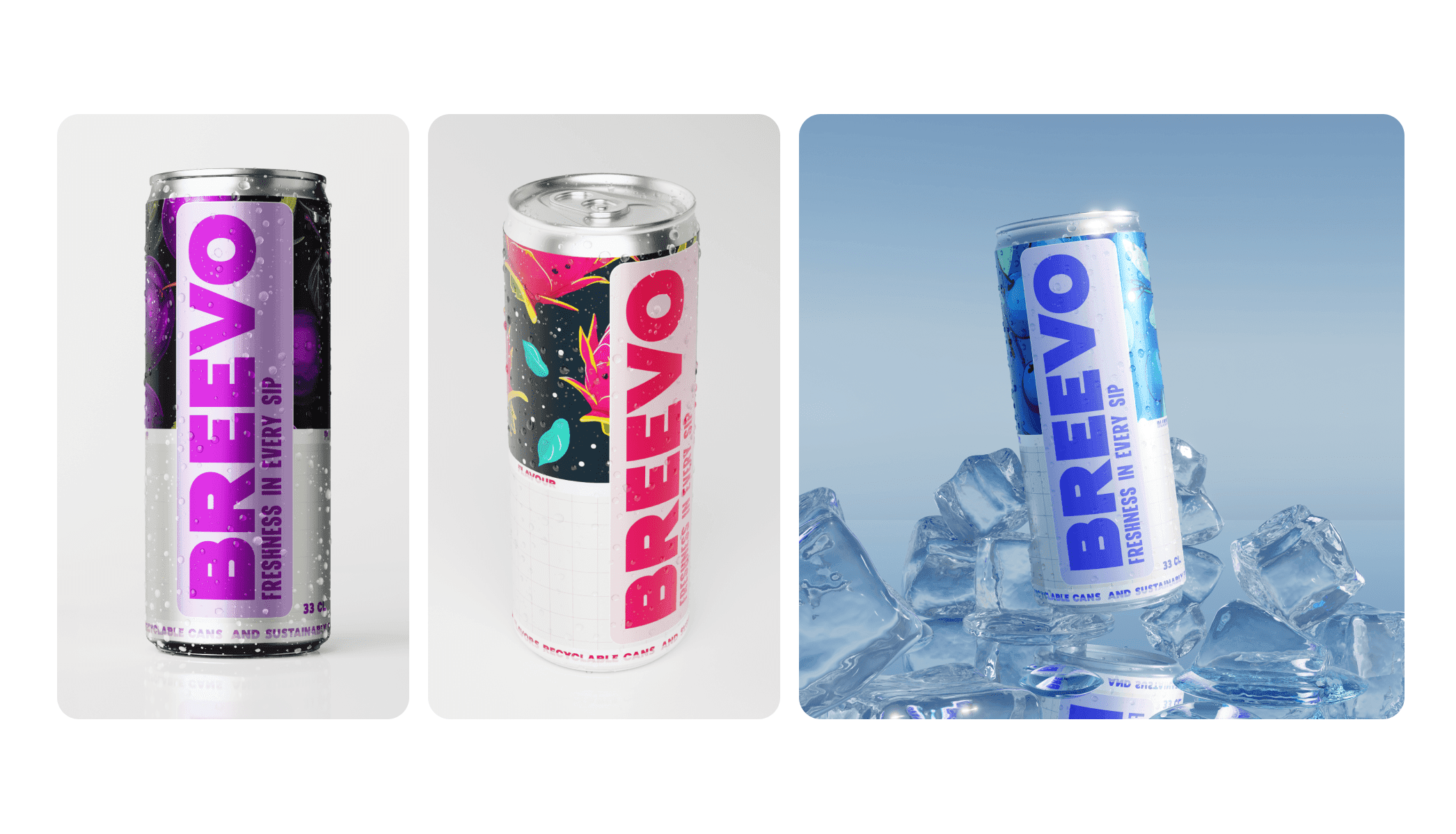eCommerce PDPs: why visual production is the real bottleneck

Written by
Rachel Horvelin
21 nov 2025
Table of contents
eCommerce PDPs: why visual production is the real bottleneck
In eCommerce, a PDP is no longer a static place to list features. It’s the conversion engine. For most brands, the challenge isn’t creative ambition. It’s the operational reality hiding behind every update: studios at capacity, fragmented workflows, slow approvals and an exploding demand for visuals.
PDPs need many assets per SKU
A modern PDP requires far more than a hero packshot. You need texture details, ingredient stories, before/after sequences, technology breakdowns, how-to-use steps, lifestyle scenes… Across a portfolio, this can easily mean thousands of visuals every year.
Retailers keep raising the bar. Search rank, buy box competition and visibility all depend on rich content. But production teams can only move as fast as their systems allow and those systems are stretched.

Studios are overbooked and launches slip
Most brands still rely on studios for core eCommerce visuals. They do great work but they’re usually booked months out.
Packaging changes, claim updates, GWP kits, shade extensions… even a small modification forces teams to fight for shoot slots.
Interested in switching to a virtual studio?
DMI Templates: necessary but heavy to maintain
Global or DMI teams define the official PDP templates: the sequencing of claims, the above-the-fold structure, mandatory visuals, how benefits should appear, and the specific assets required for every SKU.
It’s a solid system… until updates start piling up.
Each PDP can represent days of coordination: briefing, shooting, feedback loops, localization, distribution to markets. Central teams spend so much time meeting retailer and market requests that they rarely get to optimize the workflow itself.
GWPs: the silent accelerator of complexity
Gift-with-purchase content has quietly become one of the most demanding areas of eCommerce production.
GWPs change constantly: seasonal kits, limited editions and bundles all need their own visuals, often without final samples and with last-minute mockups. Teams work with incomplete information and shifting launch dates.
Because GWPs are short-lived, they rarely outrank hero SKUs for priority, yet retailers still expect the same level of visual quality. The net result is extra pressure on already stretched content teams.
Global consistency is still an illusion
Even with DMI templates, PDPs rarely look the same across countries.
One market pushes clinical claims, another uses lifestyle. Some recreate missing visuals locally or reuse campaign assets that were never meant for PDP use. The intention is always good - “get the SKU live” - but the result is inconsistent. This inconsistency costs conversion.
Visual debt is real
Over time, brands accumulate visual debt: outdated packshots, missing SKUs, low-resolution exports, and placeholders that become permanent.
It doesn’t appear on a P&L but it weighs on performance and eats operational time.
From more content to better systems
This is why the internal conversation is shifting. Brands don’t just need more visuals - they need a process that doesn’t collapse under portfolio size or launch rhythm.
They want to:
rely less on physical samples
avoid reshooting for minor updates
keep one source of truth across markets
respond faster to retailer requests
A scalable system matters more than producing one perfect PDP.

Where Digital Twins fit in
Digital Twins are becoming relevant - not for the tech buzz - but for the operational reality.
A true-to-life photorealistic product replica supports everything: hero shots, how-to-use steps, GWP kits and shade variations. No photoshoots required.
It turns repetitive production into repeatable workflows.

PDP agility is now a competitive advantage
The brands that perform best in eCommerce are not necessarily those with the most visuals but those with the most resilient visual production processes. They find ways to keep PDPs accurate, consistent and adaptable without overloading teams.
As portfolios grow and launch calendars tighten, the question shifts from “How do we make this PDP look great?” to “How do we make sure every PDP can evolve as fast as our business?”
That’s where the innovation in eCommerce content will play out.
Unblock your visual bottleneck
About the author



